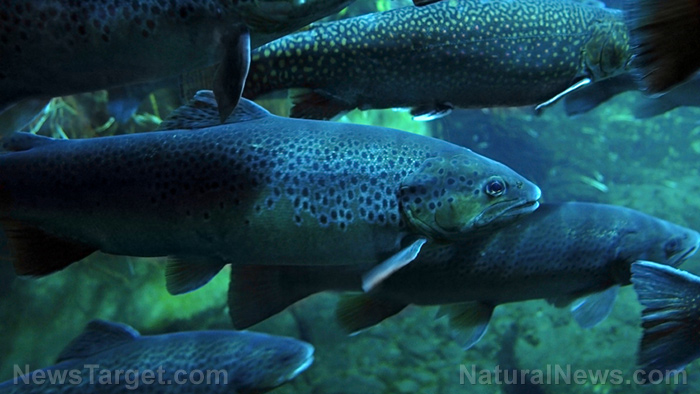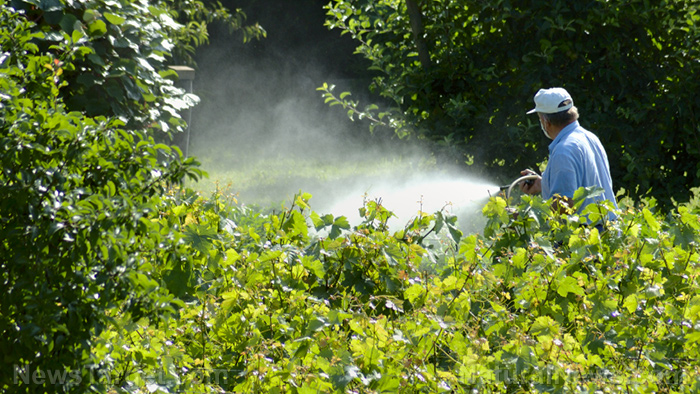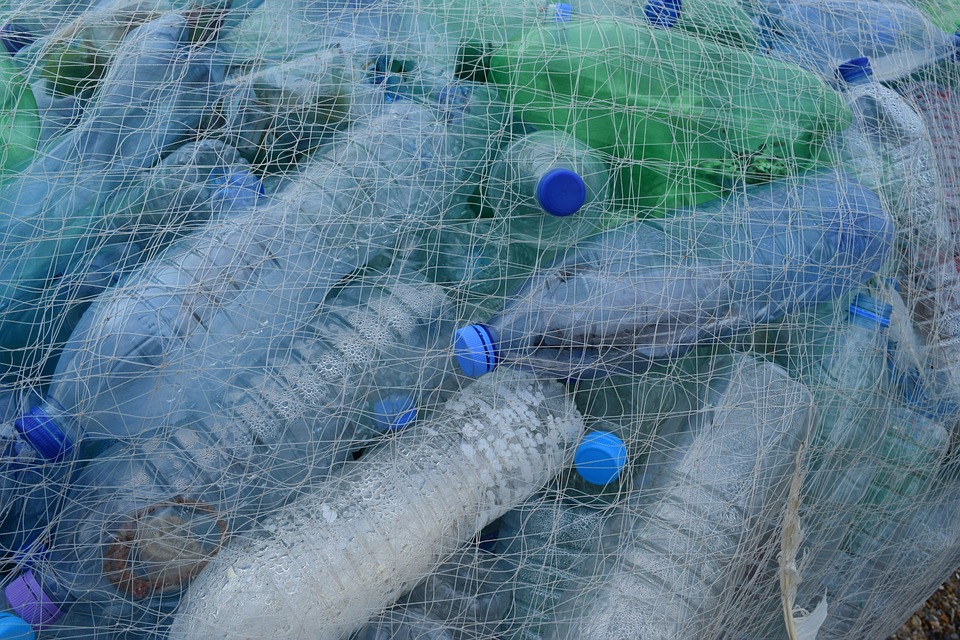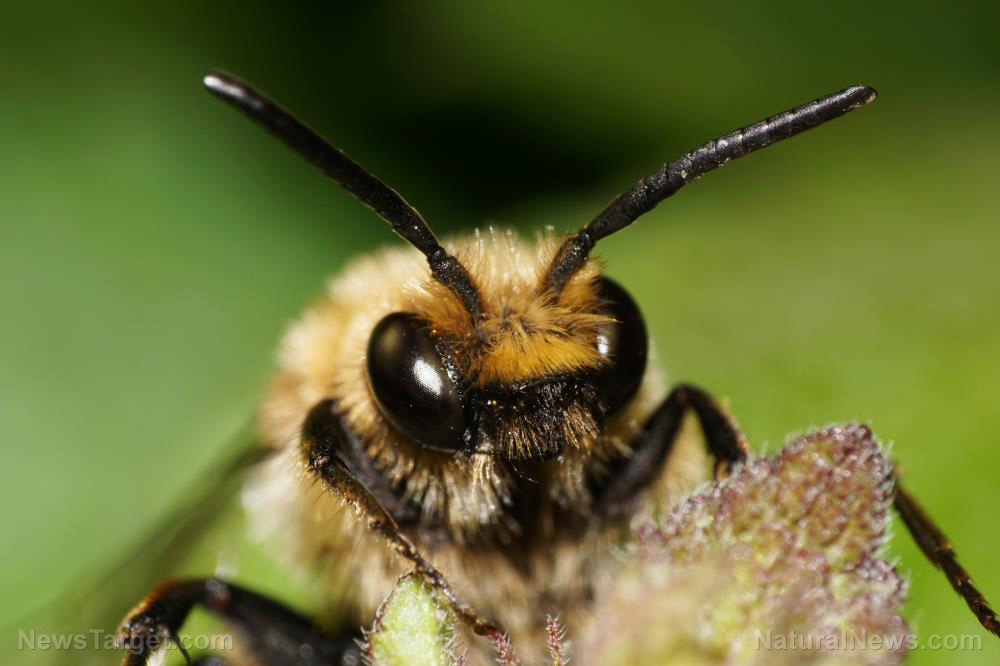Study: Trout can become addicted to methamphetamines
08/26/2021 / By Nolan Barton

A recent study published in the Journal of Experimental Biology found that wild brown trout can become addicted to methamphetamine – a stimulant with a growing number of users worldwide.
Researchers in the Czech Republic examined whether concentrations of methamphetamine and one of its byproducts, amphetamine, could be detected in the brains of brown trout.
The trout were exposed to the drug in large tanks over eight weeks and then put into withdrawal in drug-free tanks for ten days. During that time, the researchers tested the fish’s preference for fresh water or water containing methamphetamine and compared this with the responses of fish that had never been exposed to the drug.
Those exposed to methamphetamine preferred the water containing the drug, while no such preference was shown for the untreated fish. The researchers also found that during their withdrawal period, the methamphetamine-exposed trout moved less. The researchers interpreted this as a sign of anxiety or stress – typical signs of drug withdrawal in humans.
Several changes in brain chemicals that correspond to what is seen in cases of human addiction were also detected in the brain chemistry of the exposed fish.
These markers in the brain remained even after the behavioral effects had waned after the withdrawal period. Meaning, the methamphetamine exposure could have long-lasting effects – similar to what is seen in people.
Fish exposed to drug behave like humans suffering from addiction
Many studies on different fish species have shown that fish can behave similarly to what is seen in humans suffering from addiction. One of the hallmarks of drug addiction is a loss of interest in other activities. It’s possible that the fish might start to change their natural behavior, causing problems with their feeding, breeding and their survival. They may be less likely to evade predators.

Exposure to drugs may also affect their offspring. In fish, addiction can be inherited over several generations.
In 2019, scientists in the UK reported cocaine in freshwater shrimp in all 15 rivers they sampled. Interestingly, they detected illicit drugs more often than some common pharmaceuticals. While the wider effects of those drugs remain largely unknown, there have been comprehensive studies on the impact of pharmaceuticals in rivers.
Medicines do not fully break down in our bodies, arriving at wastewater treatment plants in feces and urine. With around 269 million people around the world using drugs each year, sewers are flooded with drugs that are excreted from the human body – along with the broken down chemical components that have similar effects to the drugs themselves.
Sewage treatment plants don’t filter those things out because they were never designed for it. Sewage also often finds its way into rivers and coastal waters untreated.
Once in the environment, drugs and their byproducts can affect wildlife. For example, exposure to hormone-disrupting chemicals found in contraceptive pills can turn fish from male to female within a few weeks.
Canadian biologists found that minuscule amounts of estrogen in wastewater discharges can decimate wild fish populations living downstream. Male fish exposed to estrogen become feminized, producing egg protein normally synthesized by females. In female fish, estrogen often impedes normal sexual maturation, including egg production.
Recent studies have also shown that antidepressants can cause a wide range of behavioral changes in aquatic organisms.
Diana Aga, director of the Research and Education in Energy, Environment and Water (RENEW) Institute at the University at Buffalo, said antidepressants are a real downer for wildlife health. (Related: Antidepressant use is posing a very real threat to the environment, experts warn.)
“Because [these chemicals] are persistent, they also tend to accumulate in fish,” she said. A study she co-authored in 2017 examined fish from the Niagara River and found the highest bioaccumulation of antidepressants occurred in the brains followed by livers, muscles and gonads of fish.
Contaminants affect other aquatic species
A new study published in June by the Ecological Society of America Journals found that the same contaminants can influence the behavior of other aquatic species. For example, spiny-cheek crayfish became bolder after being exposed to the common antidepressant citalopram. Bold isn’t a great trait when you’re low on the food chain.
“The accumulation of pharmaceuticals in aquatic invertebrates poses a range of potential impacts to the invertebrates themselves and their predators, including altered growth, reproduction and behavior,” the researchers wrote. Crayfish and other invertebrates play important roles in their ecosystems, so anything affecting them can cascade throughout a habitat.
Plants can also take up chemicals. A study from False Bay, in Cape Town, South Africa, found the anti-inflammatory drug diclofenac in edible seaweed called sea lettuce. The researchers also found traces of the drug, albeit in lower quantities, in marine invertebrates like starfish, mussels and sea urchins.
Despite the two decades of research that has identified more than 600 pharmaceutical residues in rivers and streams, there’s still a lot of unknowns about how these compounds affect biodiversity.
Part of the problem is that many studies have been done in the lab where animals are usually exposed to a single drug. There are a lot more variables outside the lab.
“A lot of these pharmaceuticals may have either synergistic or addictive or maybe even antagonistic effects when combined,” Aga said. “It’s very difficult to predict what happens in the wild when they’re exposed to hundreds of these pharmaceutical residues at once.” (Related: If you use pharmaceuticals, you are polluting the water.)
We may also need to change our behavior to really confront this issue.
“There have been discussions about pharmaceuticals in water for a long time, but the response has been slow,” said Aga. “When I started looking at this awhile back, I’d hear people say that pharmaceuticals can’t be toxic or that bad because we take them. But we need to broaden our minds – it’s not just the people we should be thinking about, we should think about biodiversity.”
Follow Poison.news for more news related to toxins in the water.
Sources include:
Tagged Under:





















